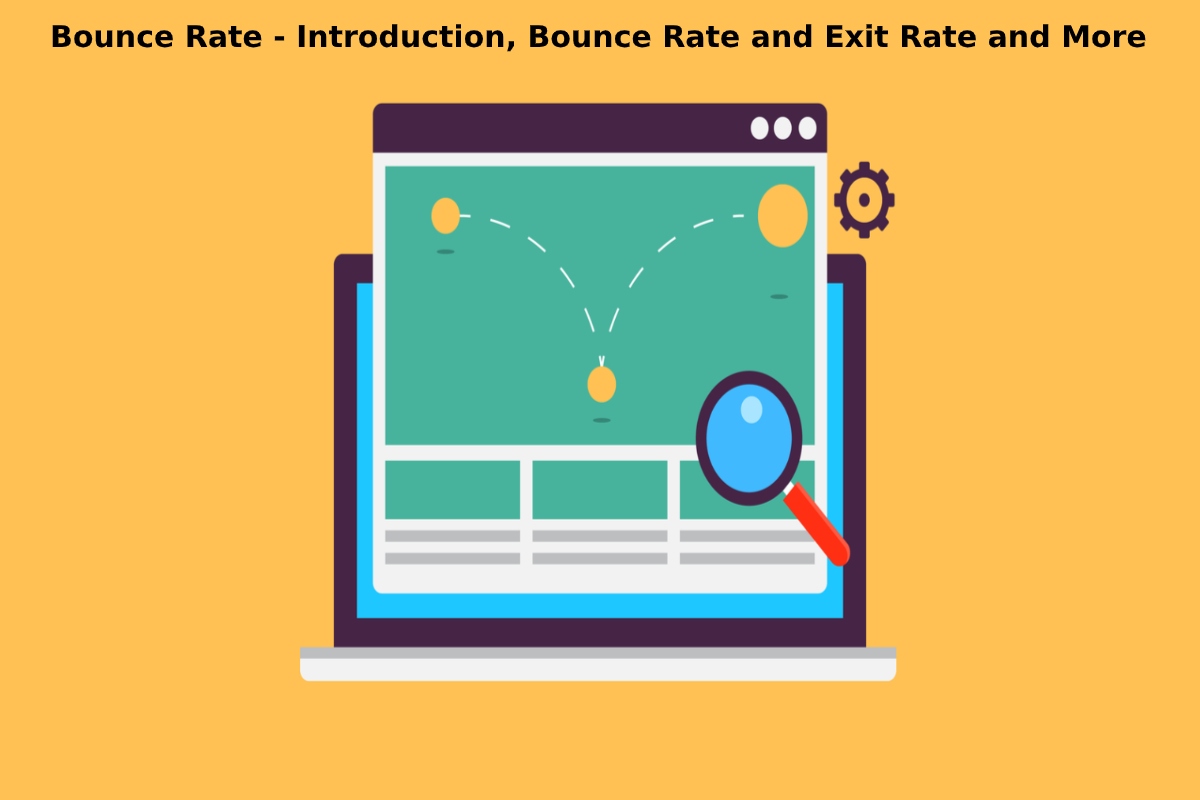Table of Contents
Introduction
Bounce Rate is one of the essential factors that you, as a website owner or SEO specialist, should pay close attention to, as search engines pay close attention to how important your site is to visitors and every page of your site.
As a result, and based on the value you get on each page of your site, the order of your pages in search engines, for better or worse, is affected. Therefore your location status and the number of visitors coming to it are affected by an increase or decrease.
The bounce rate is 0 to 100% for total sessions on just one page, which means that the visitor started browsing your site through a particular page in it but decided to leave the site directly without opening any other carrier. In that case, only this visitor registers a bounce rate. In contrast, if the visitor browses more than one page on the site, he does not write a bounce rate but registers another exit rate.
Bounce Rate and Exit Rate
Illustration: suppose your site has only ten visitors, 5 of whom have reverted from the site from the front page without seeing any other page. And five other visitors have browsed more than one page if half of the visitors registered a bounce from the site, and the percentage will be 50%.
How to Calculate the Pages’ Bounce Rate and Exit Rate?
How to calculate the bounce rate and exit rate of page let’s say your website only has four pages, and your site only gets one session a day as follows:
- Saturday: the visitor started from page a and then went to page band came out of the site
- Sunday: from page (c), then page (a), then the page (b), and exited the area.
- Monday: from page a, then page b, then page c, then paged, and then out of the site.
- Tuesday: from page d and exited the area and did not complete browsing.
from the previous information, it is clear to us:
What is the Impact of the Bounce Rate on the SEO and Your Website?
You also know that search engines have their primary objective of providing the visitor and providing information and pages of higher value related to what he is looking for in the first place so that the visitor’s confidence in search engines continues.
Otherwise, the visitor will lose the reliability of using search engines and look for an alternative, so keeping the visitor a goal and a key factor cannot change, but all other factors change for him.
Since the visitor is an essential factor, everything he cares about is also necessary. Everything that makes it easy to find information is also crucial, so search engines are interested in the quality of the content and that the site is fast-browsing. On the other hand, it is not complex and unviable, so it requires that the site be suitable for smartphone users and the reason for many of the ranking factors in search engines.
The point here is how search engines know whether this site is helpful to the visitor. The answer through several factors is the rate of recoil (because its ratio shows the visitor’s reaction to your site and pages).
If the recoil rate increases significantly, this is an alert from visitors to search engines that this page is not valuable, especially if the visitor enters and exits the page immediately (search engines calculate the time the visitor spent on the site as well).
So You can simply say that the high bounce rate in your site is the first preliminary step to reduce the rank of pages in the order of search engines.
Conclusion
Fortunately, the ranking has slowly reduced the site owner may discover the errors that prompted visitors to aversion and fix its problems. The page will rise again, or the site owner may overlook the recoil rate and then discover that his order has decreased significantly, and then other sites will have preceded it to appear.


